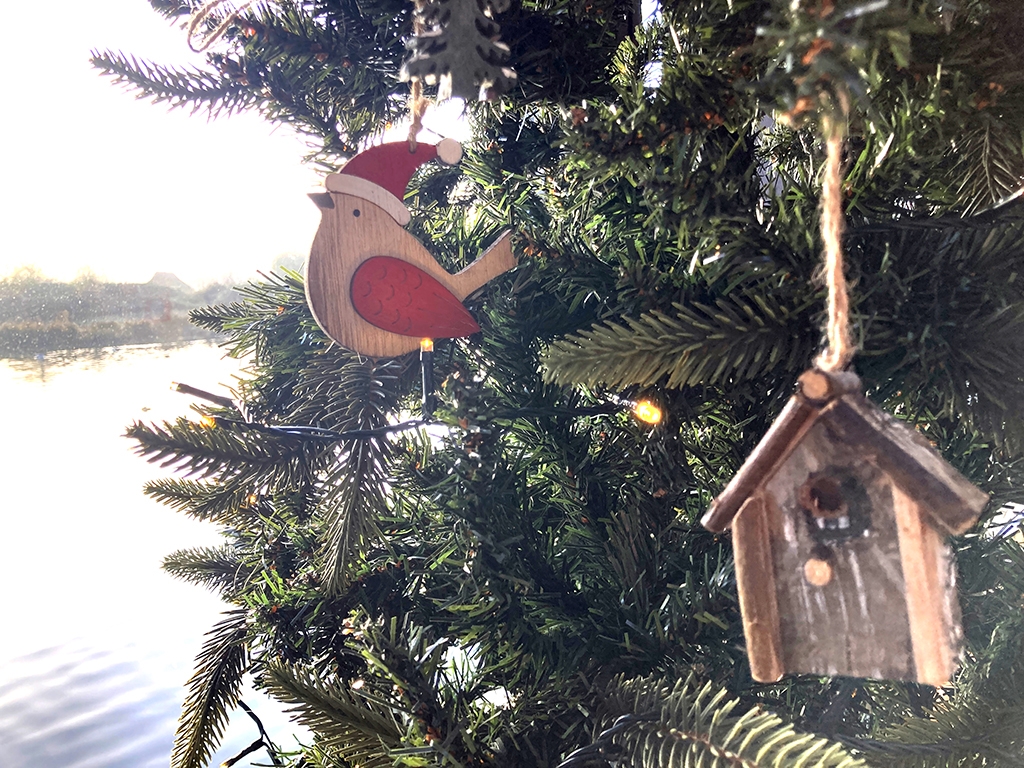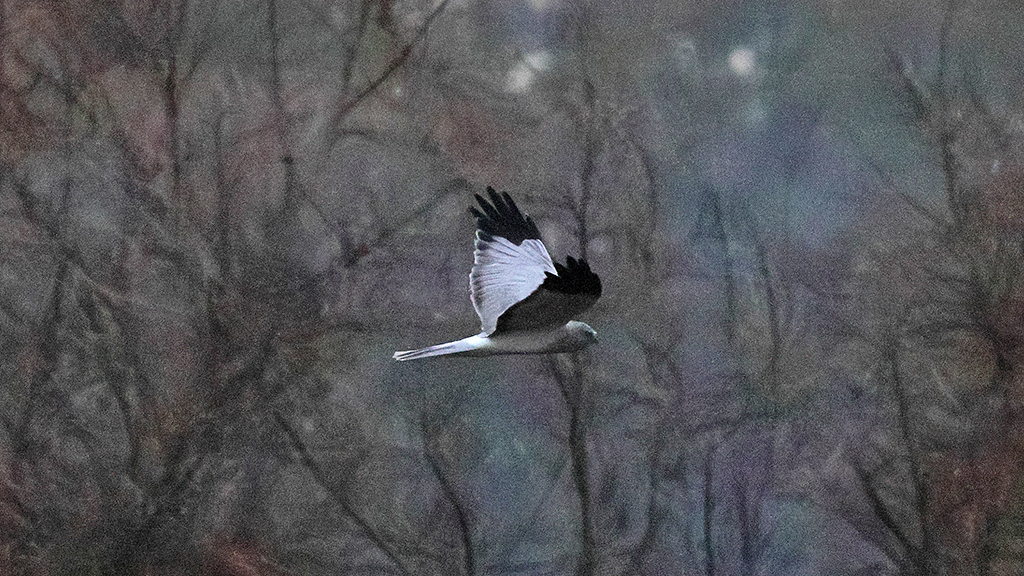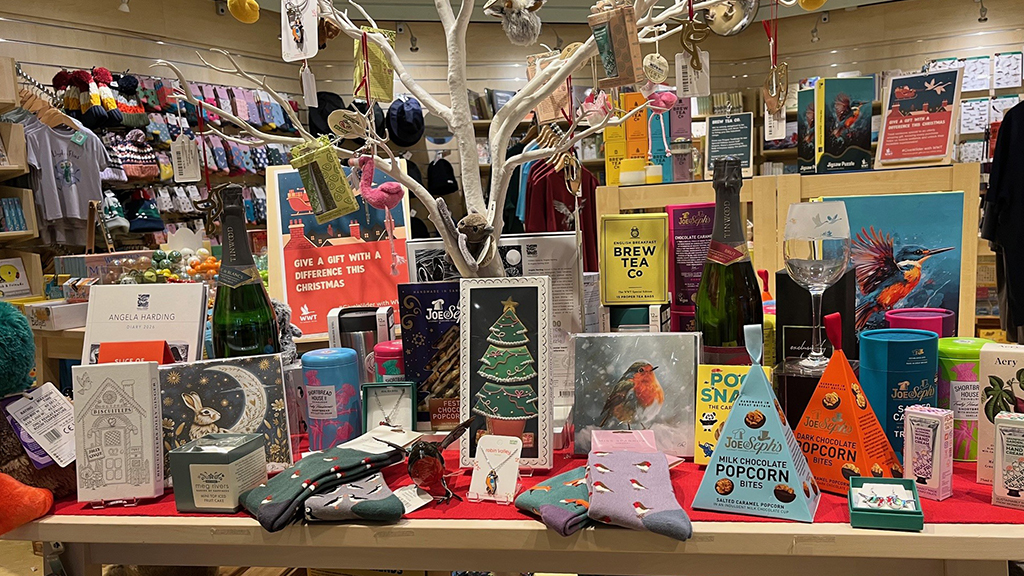A Flourish of Wildflowers in June
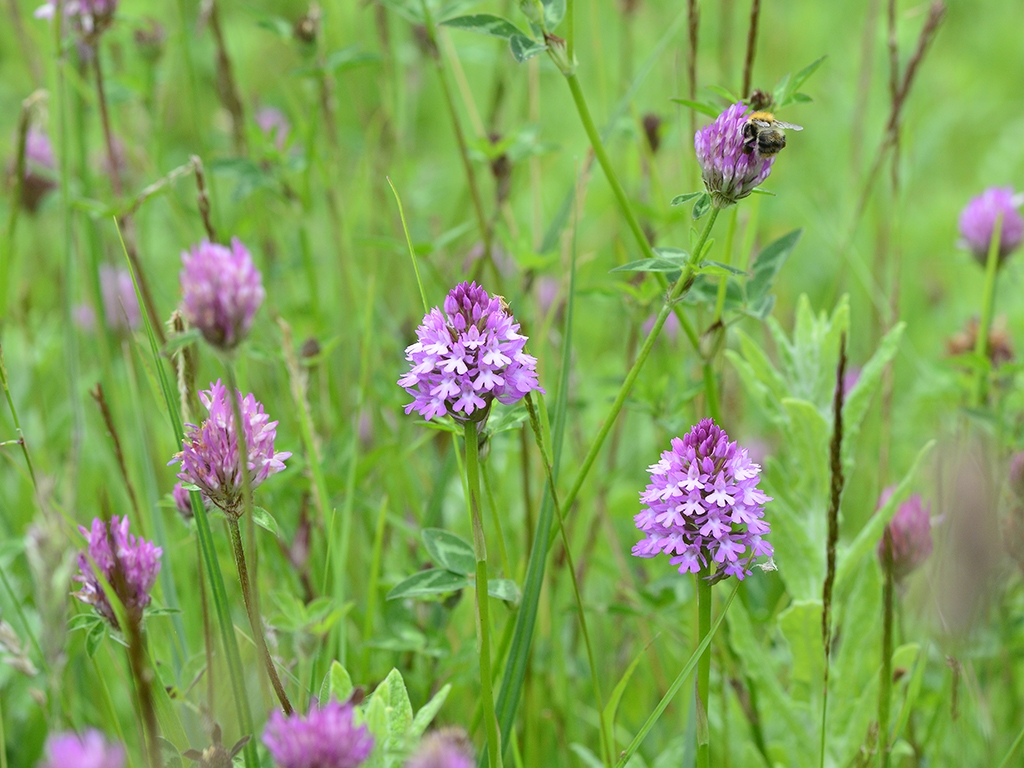
In summer, the wet meadows, pathways and waterways of our wetlands are bursting with bright wildflowers.
June is an amazing month for wild orchids. Marsh orchids flower in the Meadow Maze. Beautiful bee orchids show up along some paths. Common spotted orchids, delicate pyramidal orchids flower (above) and spikes of southern marsh orchids flower in the wet meadows along the boat safari and at the Black Rabbit Triangle (the land we manage opposite the black Rabbit first car park).
Bird’s-foot trefoil is in flower in June along the pathways. It attracts common blue butterflies – it’s the food plant of their caterpillars. Greater birdsfoot trefoil also flowers in June along with black knapweed.
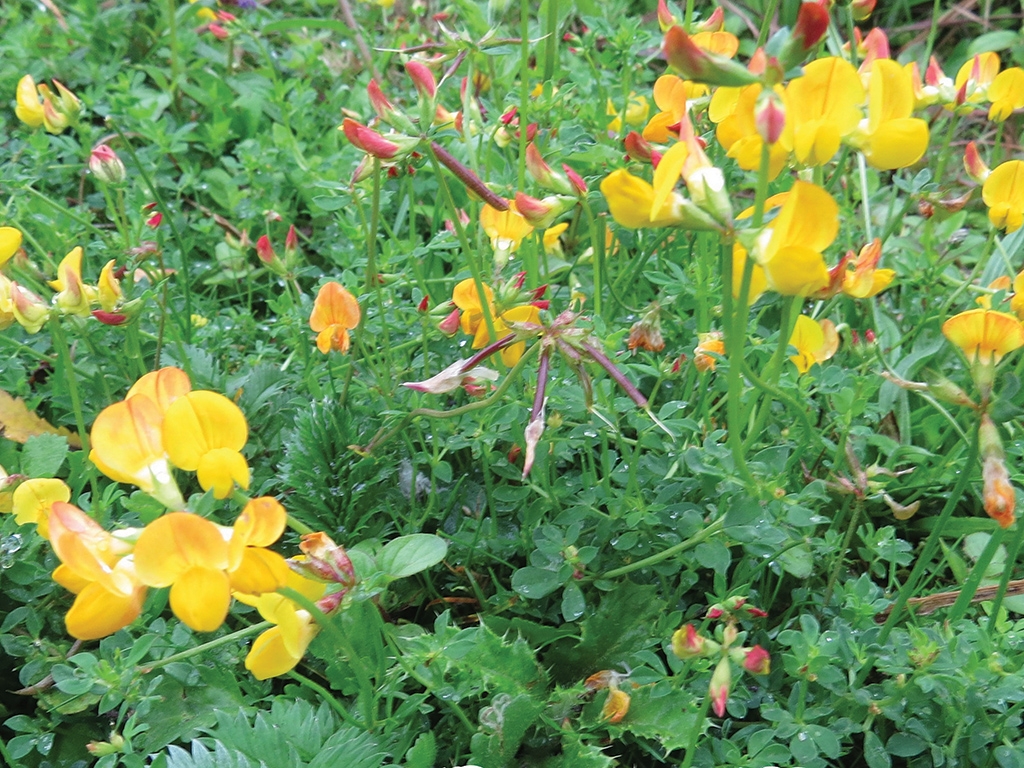
Bird’s-foot trefoil is the food plant for the caterpillars of the common blue butterfly
On the meadows you will see loads of vanilla-smelling meadowsweet – this strewing herb was put on the floors to release a sweet smell went walked upon. It was said that ‘meadowsweet’ was a favourite of Queen Elizabeth I on the floors of her chambers. In early June you will still see some oxeye daisies nodding in the breeze, hanging on from May.
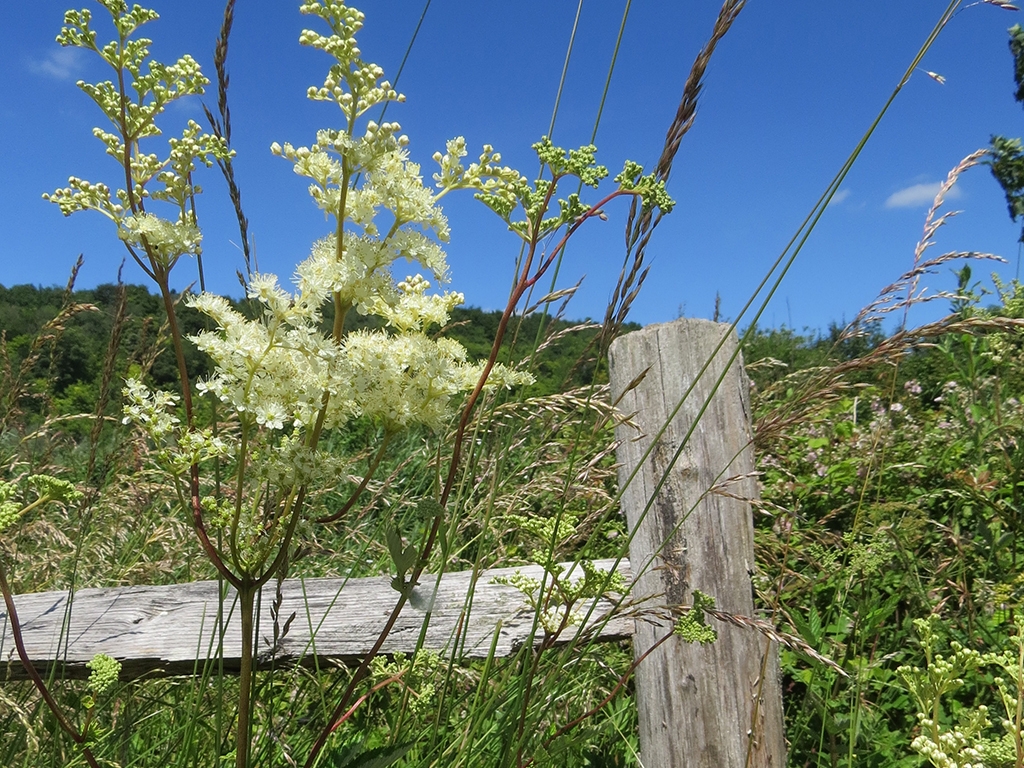
Sweet smelling meadowsweet, a favourite of Queen Elizabeth I
In the ponds look for the burgundy flowers of spiked water milfoil breaking the water’s surface. The dusting of green powder on these wind pollinators will be waiting for a breeze. Round balls of burr weed and bitter nightshade flowers can be found in damp spots as well.
Look out for pink herb Robert and purple meadow vetch along the pathways. On the Long Path look for yellow loosestrife, with tiny yellow loosestrife bees circling the flowers. These solitary bees are the only bee that collects floral oils, which it uses to create a waterproof lining for its nest to protect its precious young from flooding.
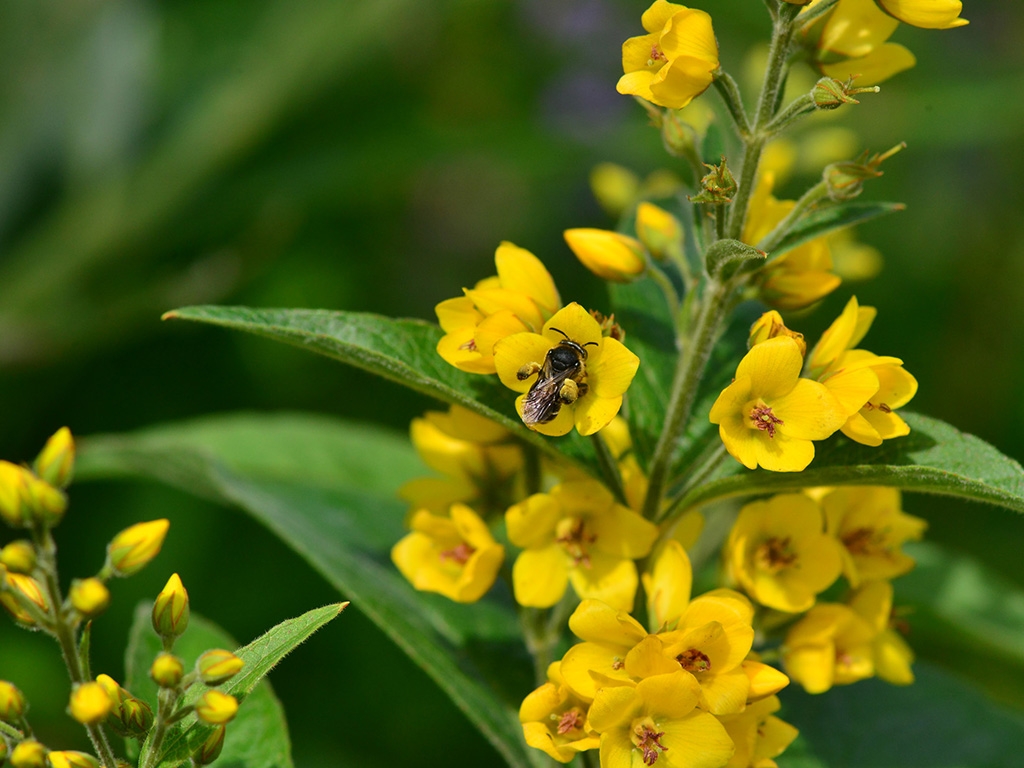
A yellow loosestrife bee collects oil to waterproof its nest
Have you been inspired to see our wonderful wild flowers?
Find out more about WWT Arundel and plan your visit online.
Plan your visit